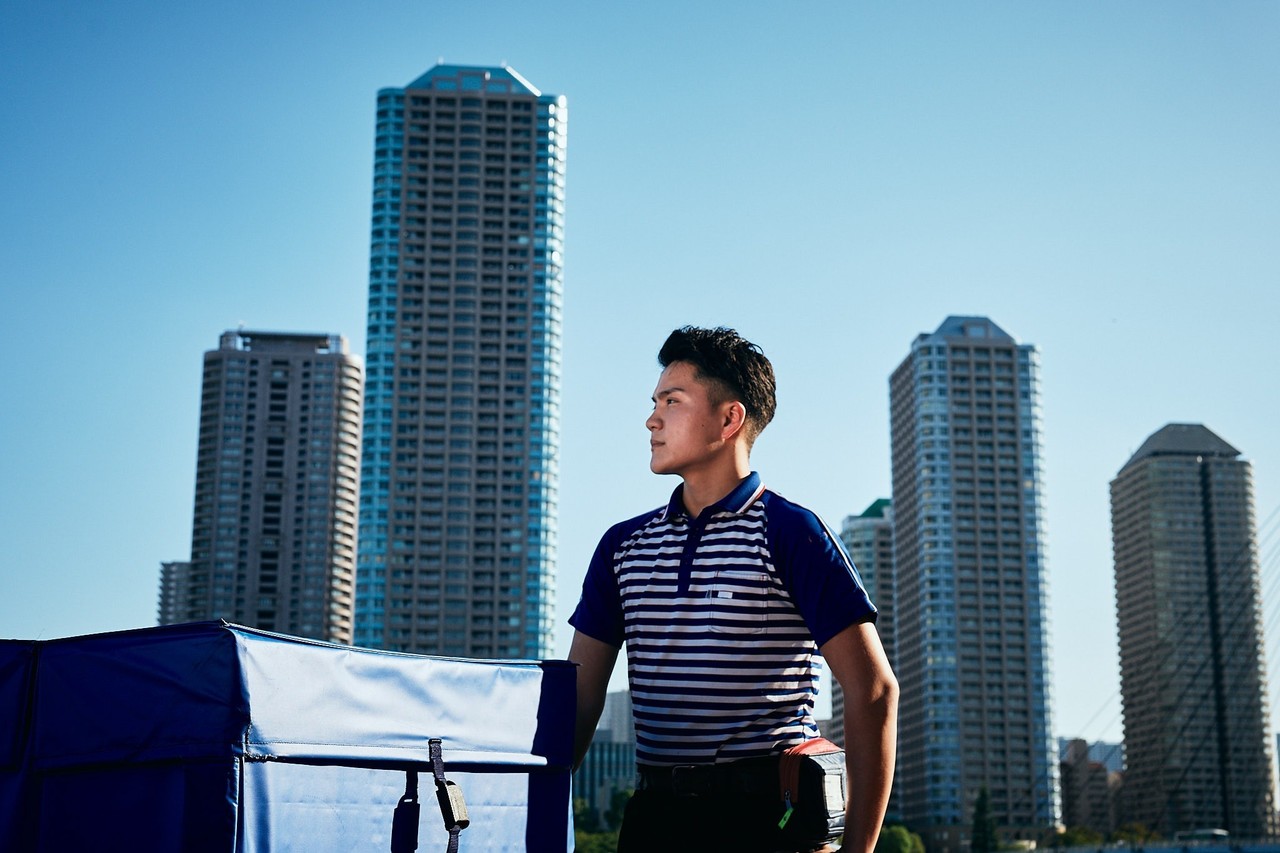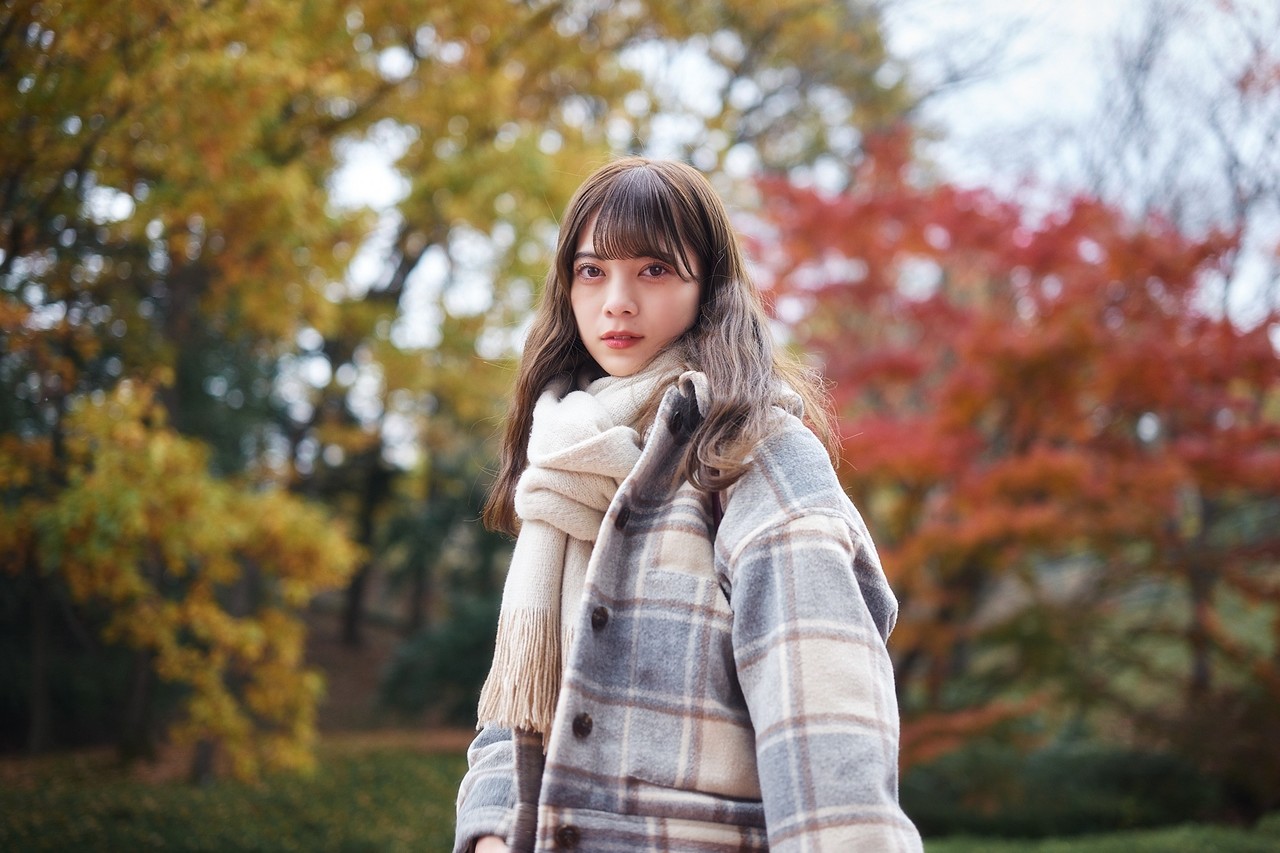I'm starting my job career as an editor. That's why I've seen a lot of professional photographers in action.
And I'm still working with them today.
I think this is a big advantage for me, as I am also a photographer. It's a great way to get a behind-the-scenes look at the work of the latest photographers (in fact, it's not uncommon for many photographers to make the transition from editor to editor, and it's not uncommon for great photographers to be great editors) by working together as an editor or writer rather than as an independent assistant or studio man.

Of course, there are many different types of professional photographers in the world. Here, we focus on photographers who shoot portraits, mainly for magazines, advertisements and photo books.
As of 2020, the mainstream cameras used by these professionals are either Canon or Nikon DSLRs. Among them, most of them are either flagships or one of the lower models for professionals and high amateurs (in Canon's case, the 1D or 5D models. (Not necessarily the latest model among them). This is followed by Sony's α7 series.

I feel that the ratio is about 5 for Canon, 3.5 for Nikon, 1 for Sony, and 0.5 for others, but there are several reasons for this.
First, history. That they have a career that allows them to work mainly in magazines and advertising. If you are a veteran, you used to shoot with Hasselblad medium format film, and then you used a Canon or Nikon. Also, if you are young, there is a trend that you have inherited their style from working as a disciple of such a veteran.
And the stability of the system (which is part of the reason we're spinning history). In magazines and advertisements, it's common to tether a camera to a Mac so that clients, hair, makeup and stylists can check the photos on the spot (by the way, 90% of the software used here is Capture One, and you rarely see Lightroom).

As a whole, Canon and Nikon DSLRs are excellent in terms of reliability in terms of tethering stability and camera and lens compatibility. Sony's mirrorless cameras, such as the α7, have a strong computer aspect, and (the more recent the cameras are) are inferior to them in terms of freezing and other problems.
The balance between stability, performance, bluffing (which is important) and price is important when weighing up work tools. From that point of view, the history of Canon and Nikon's DSLRs being excellent, and the current state of affairs that goes along with that.
As for the difference between Canon and Nikon, I think the biggest difference between Canon and Nikon is the fact that Canon makes its own sensors, while Nikon outsources to other companies.

So far, I've talked about the state of professional cameras, but I expect this trend to change drastically in the future. The reasons for this are explained below.
- Averaging camera performance (approaching the limits of the human body)
- The Rise of the SNS Generation of Photographers
- Strengthen the development of mirrorless machines.
And I predict that the new trend that this will create will be the arrival of the "special moves" era.
It's not about Leica at all, but it's connected to the "future story".
